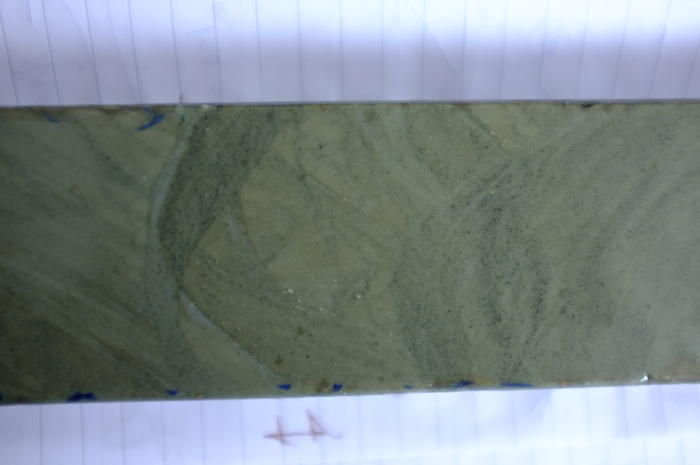Results 11 to 20 of 21
Thread: Mechanical lapping
-
01-22-2013, 02:41 AM #11Historically Inquisitive



- Join Date
- Aug 2011
- Location
- Upstate New York
- Posts
- 5,782
- Blog Entries
- 1
Thanked: 4249
-
01-22-2013, 06:55 AM #12Senior Member

- Join Date
- Mar 2009
- Posts
- 1,211
Thanked: 202
-
The Following User Says Thank You to adrspach For This Useful Post:
Hirlau (01-22-2013)
-
01-22-2013, 07:11 AM #13

See: "Pierre a aiguiser naturelle des Pyrénées" on You Tube
The have engines to flatten the stone!Last edited by Margeja; 01-22-2013 at 07:18 AM.
-
-
01-22-2013, 07:29 AM #14
-
01-22-2013, 07:44 AM #1550 year str. shaver


- Join Date
- Aug 2008
- Location
- Pothole County, PA
- Posts
- 2,258
- Blog Entries
- 2
Thanked: 522 Mechanical lapping
Mechanical lapping
You could find a shop that has a Blanchard grinder with diamond bits or use a gem grinding rotary table. This would flatten your stone to the point where a subsequent simple hand lapping would give you the final finish you need.
Jerry
____
P.S. You might also have luck with a belt sander to lap your stone.Last edited by mrsell63; 01-22-2013 at 07:50 AM.
-
The Following User Says Thank You to mrsell63 For This Useful Post:
Hirlau (01-23-2013)
-
01-22-2013, 12:17 PM #16Junior Member

- Join Date
- Jan 2013
- Location
- Surrey, England
- Posts
- 28
Thanked: 3

This is the baby. Not as hard as I thought it might be, so can be lapped as normal. Not sure how fine it is yet.
-
01-22-2013, 01:10 PM #17

In the video; Pierre a aiguiser naturelle des Pyrénées - YouTube
What is he putting on the stone at 7:15?
01-22-2013, 01:46 PM
#18
01-22-2013, 02:32 PM
#19
 Anser for Lemur
Anser for Lemur
The paste is Colcothar mixed with sheepfat. Colcothar can be used as a paint pigment as well as for grinding and polishing. Contrary to what the name suggests, colcathar is non-toxic.
Colcothar is a red and purple dye, almost entirely consisting of iron oxide (Fe2O3) and clay soil. It is an artificial mineral pigment. It is extracted from weathered iron ore rock or clay by a process of washing and grinding.
Colcothar contains about 87% iron oxide and only 10% English Red. These pigments have been used since the ice age.
See page 41 Grinding and Honing: http://bosq.home.xs4all.nl/info%2020...ing_part_1.pdf
The Following User Says Thank You to Margeja For This Useful Post:
Lemur (01-22-2013)
01-22-2013, 02:43 PM
#20
Colcothar mixed with sheepfat sounds like the red rouge we use for polishing jewellery.
I know "red rouge" sounds strange to anyone knowing a bit of french but they come in lots of colors and are all called "rouge", by tradition I guess!
I'm afraid to look at your papers Margeja, everytime I get stuck in them for hours...
Last edited by Lemur; 01-22-2013 at 02:46 PM.


 11Likes
11Likes LinkBack URL
LinkBack URL About LinkBacks
About LinkBacks







 Reply With Quote
Reply With Quote
